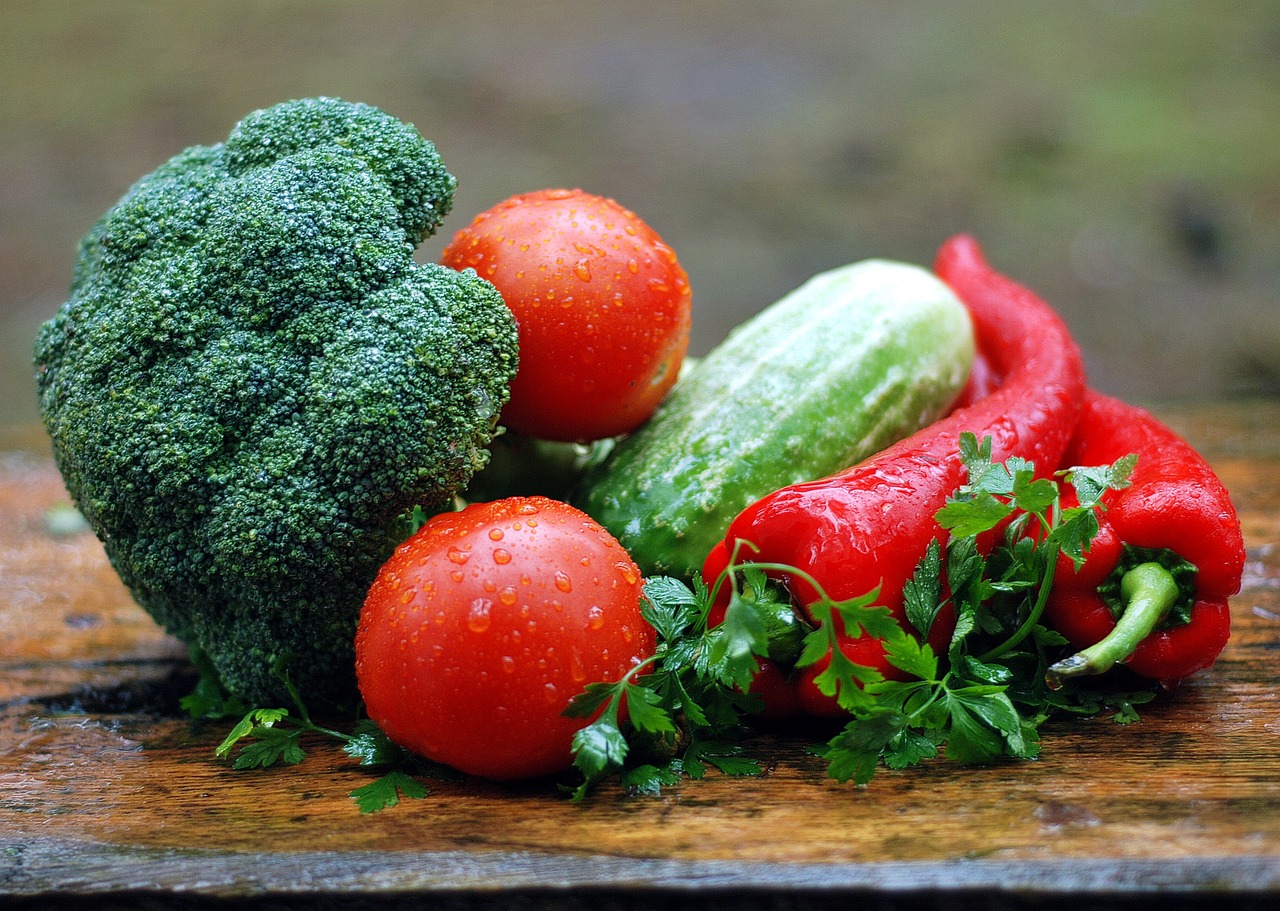“`html
Gluten-Free Diet: Understanding the Lifestyle Choice
The gluten-free diet has gained immense popularity in recent years, often perceived as a trendy lifestyle choice. However, for many individuals, it is a necessary dietary adjustment due to health conditions such as celiac disease or gluten intolerance. This blog post delves into the essentials of a gluten-free diet, its benefits, challenges, and practical tips for incorporating this dietary lifestyle into everyday life.
What is Gluten?
Gluten is a group of proteins found naturally in several cereal grains, notably:
- Wheat
- Barley
- Rye
Gluten is commonly found in various food products, including bread, pasta, cereals, and many processed items. For those with gluten sensitivities, consuming gluten can lead to adverse health reactions.
Health Conditions Related to Gluten
- Celiac Disease: An autoimmune disorder where the ingestion of gluten leads to damage in the small intestine.
- Non-Celiac Gluten Sensitivity: Individuals who experience symptoms similar to celiac disease but do not test positive for it.
- Wheat Allergy: A traditional food allergy where the immune system reacts to proteins found in wheat.
Benefits of a Gluten-Free Diet
Choosing to go gluten-free offers several potential health benefits, especially for those who need to avoid gluten. Here are some key advantages:
- Improved Digestive Health: Many people experience reduced bloating, gas, and diarrhea when they eliminate gluten.
- Enhanced Energy Levels: Some individuals report increased energy and reduced fatigue.
- Better Nutritional Choices: A gluten-free diet encourages the consumption of whole foods like fruits, vegetables, and lean proteins.
- Pain Reduction: Individuals with gluten sensitivity may find relief from joint pain and headaches.
Statistics on Gluten-Free Diets
According to a 2021 study, approximately 3 million Americans are affected by celiac disease, while another 18 million have non-celiac gluten sensitivity. These numbers underscore the importance of understanding gluten in our diets.
How to Follow a Gluten-Free Diet
Transitioning to a gluten-free diet may seem daunting at first, but with the right knowledge and resources, it can be manageable. Here are some practical steps to follow:
Identify Gluten Sources
- Learn to read food labels:
- Look for terms like “wheat,” “barley,” “rye,” and “malt.”
- Check for gluten-free certifications on products.
- Avoid cross-contamination:
- Be cautious in kitchens where gluten-containing products are prepared.
- Use separate utensils and cookware when necessary.
Incorporate Gluten-Free Foods
Focus on naturally gluten-free foods such as:
- Fruits and vegetables
- Meat and poultry
- Fish and seafood
- Dairy products (check for additives)
- Legumes and nuts
Common Challenges of a Gluten-Free Diet
While a gluten-free diet has its benefits, it can come with challenges. Here are some common issues you might face:
Social and Dining Out Challenges
- Limited menu options in restaurants.
- The potential for cross-contamination.
- Explaining your dietary needs to family and friends.
Cost Implications
Gluten-free products can sometimes be more expensive than their gluten-containing counterparts. Consider these tips to manage costs:
- Cook at home using whole foods.
- Buy gluten-free grains in bulk.
- Look for sales and coupons specific to gluten-free items.
Conclusion
Adopting a gluten-free diet offers numerous benefits, especially for those suffering from gluten sensitivity or celiac disease. By understanding gluten, identifying sources, and making informed choices about food, individuals can lead healthier lives. While challenges exist, proper planning and resourcefulness can ease the transition. Whether you need to avoid gluten for health reasons or are exploring dietary changes, knowledge is key to enjoying your gluten-free lifestyle without complications.
“`






